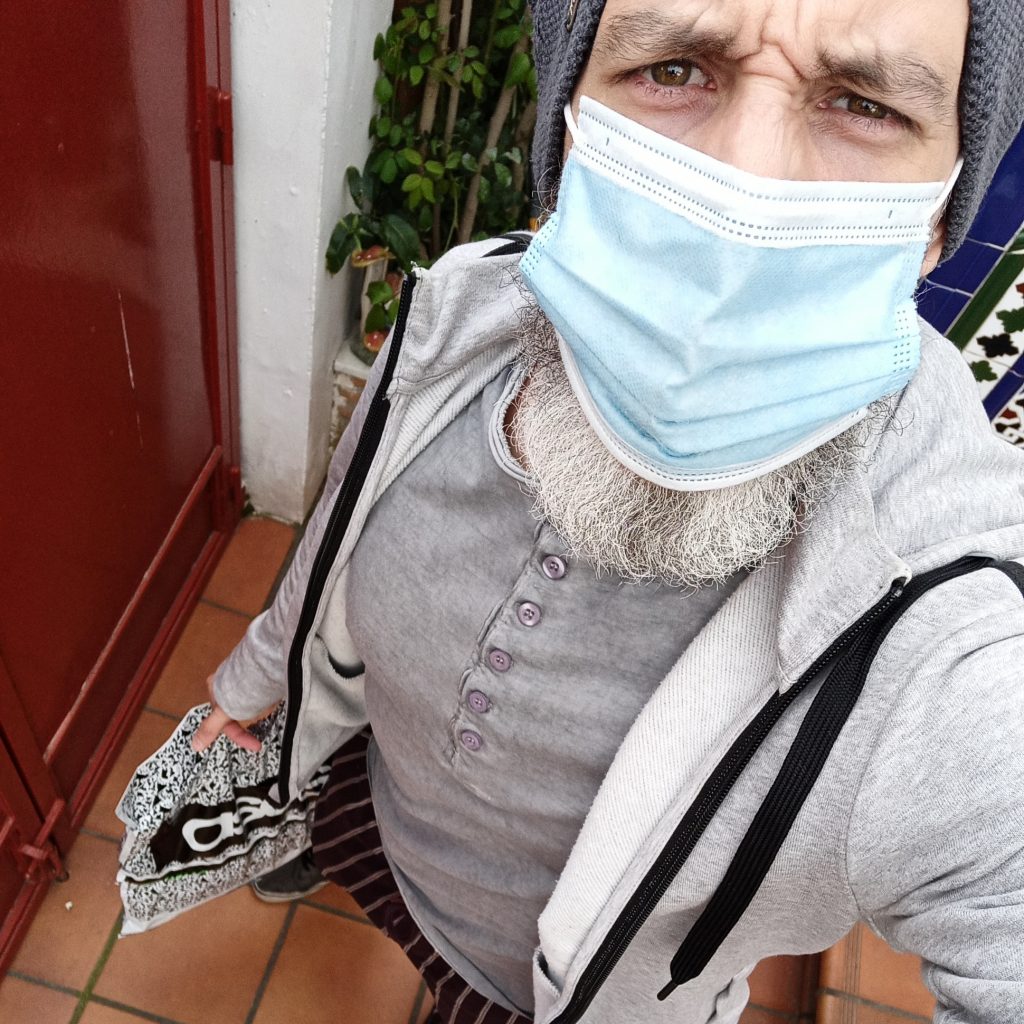a great amount of noisy data
What exactly is One Man [RPG] <studio>?
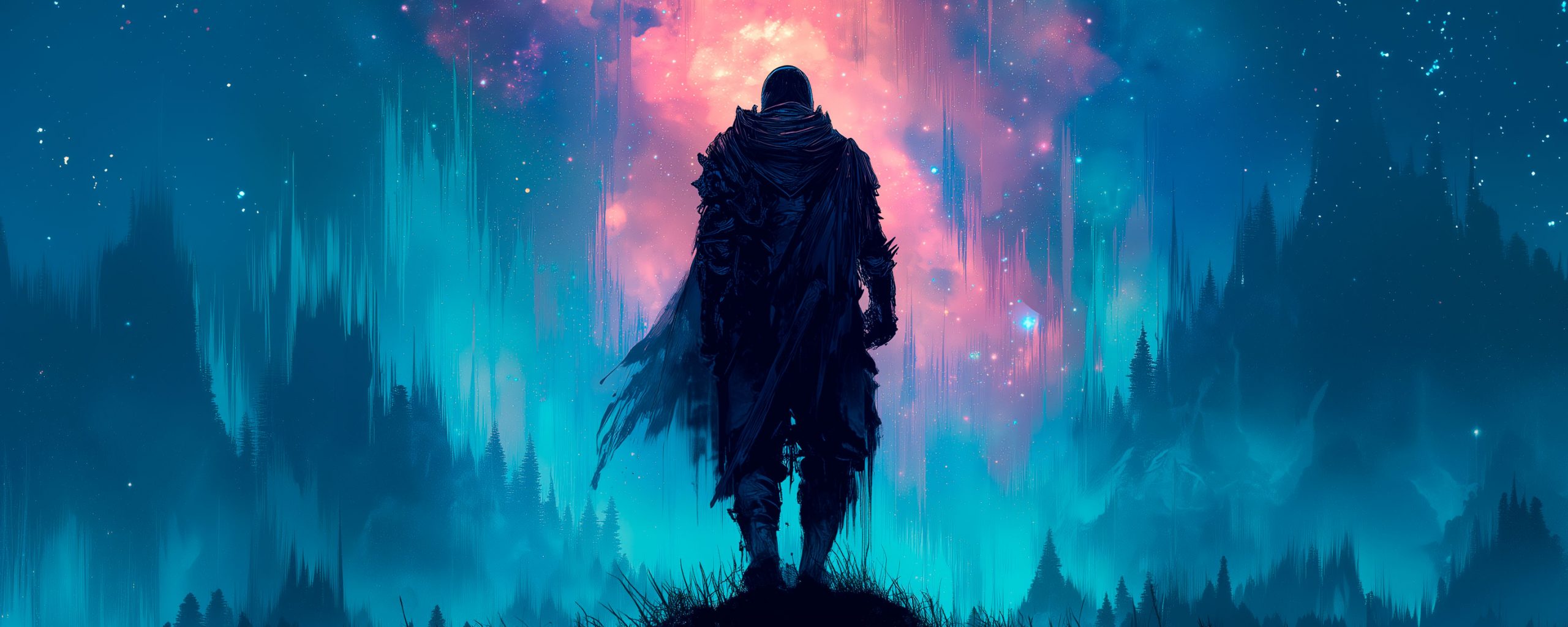
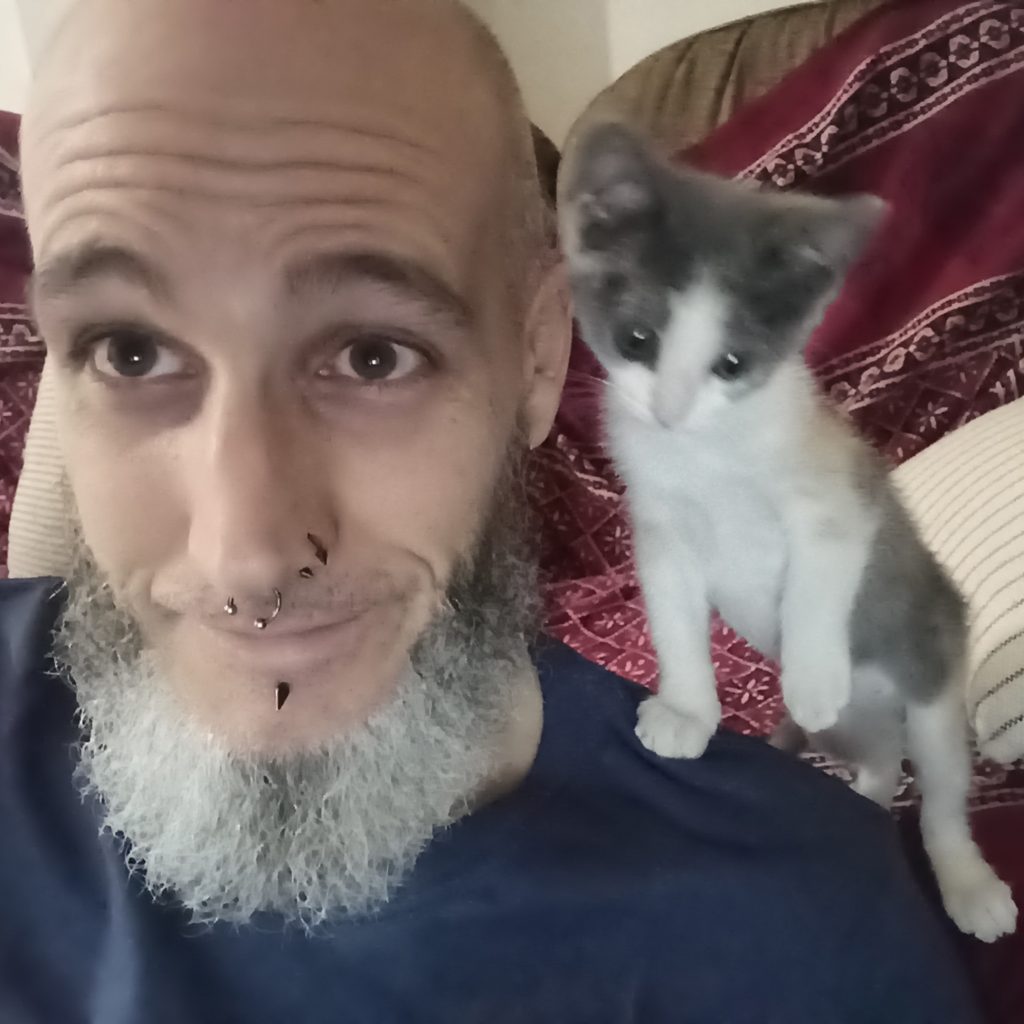
The rise of generative AI is to blame.
Before you unleash all your fury against the so-called “AI art,” let me explain something: I always wanted to learn how to draw. I tried several times, but eventually I realized it would demand too much time and effort, so I kept putting it off and focused instead on what—for me—was essential: learning to write. Of course, at first, you don’t really think writing is something you have to learn. You just assume you can do it—until you don’t. (Classic Dunning-Kruger effect.) So trying to become a writer while also discovering that you don’t know how to write and that you must learn from scratch is something that takes a lot of time.
Then one day—in August 2022—I stumbled upon Midjourney, and I decided I could use it to make better book covers. A little later, I realized I could generate illustrations for my books. And about a year after that, it dawned on me that, as a writer with some design skills, this was exactly what I’d been missing.
It all started by accident (or perhaps the stars were aligned): one mistaken image sparked an idea, that idea sparked new ideas, those ideas spawned more images, and those images fed more ideas… a deranged chain-reaction of creative feedback. By the time I noticed that just weeks earlier the whole OGL 1.1 controversy had resolved in a way favorable to creators, all the pieces seemed to fall into place, and there was no turning back.
Let me pause now, since all that rage you’re feeling boils down to one thought: AI steals from artists. Well—yes. It does, more or less in the same way that every artist in the history of humankind has “stolen.” Studying an art form in depth (in my case, literature) grants you perspective and reveals a truth that shatters ignorance: no artist could have created anything if not for those who came before them, from whom they stole—consciously or not—everything they now know and have integrated through years of practice and repetition. In the Middle Ages, both poetry and painting were learned by copying the masters—because it was the only way.
The tradition of art has always been rooted in this act of imitation and reinvention—or as my dear friend Luis Roger once put it: “a gesture of reception and transmission.” As a writer, I don’t feel like the owner of anything I create, and I try—whenever I’m lucid enough to catch myself—to thank those who were indispensable to the birth of any given text. Humility and gratitude must come first: I have the honor of learning from, feeding on, and rewriting all that has ever been written. There is no greater privilege, and whenever I lose sight of that, even for a second, I pull myself back into place with a single question: What would I have written had I been born a thousand years ago?
But you know what? None of this really matters. I don’t need to excavate the truth to justify my actions, because there’s something even more powerful and important to me: Thanks to AI-generated images, I am a complete creator, and that means I have total control over my product. I can align my various skills toward a single, concrete purpose—precisely as I envision it. It’s not about avoiding the absurd costs of commissioned art, or the frustration of finding a professional whose vision matches mine, or waiting days for revisions and corrections, or dealing with miscommunications. No—those are just trifles. What matters is the possibility of spending endless hours pulling from this tool exactly what I need, of holding myself to the same standards here that I apply to my writing and design—so that everything I make feels fully coherent.
So now I generate those images. I write. I design. I layout. I’m my own webmaster. My own marketing department. My own social media manager. And so, I remain the sole occupant of my modest, ridiculous one man roleplaying studio.
studio crew
Meet the Personalities
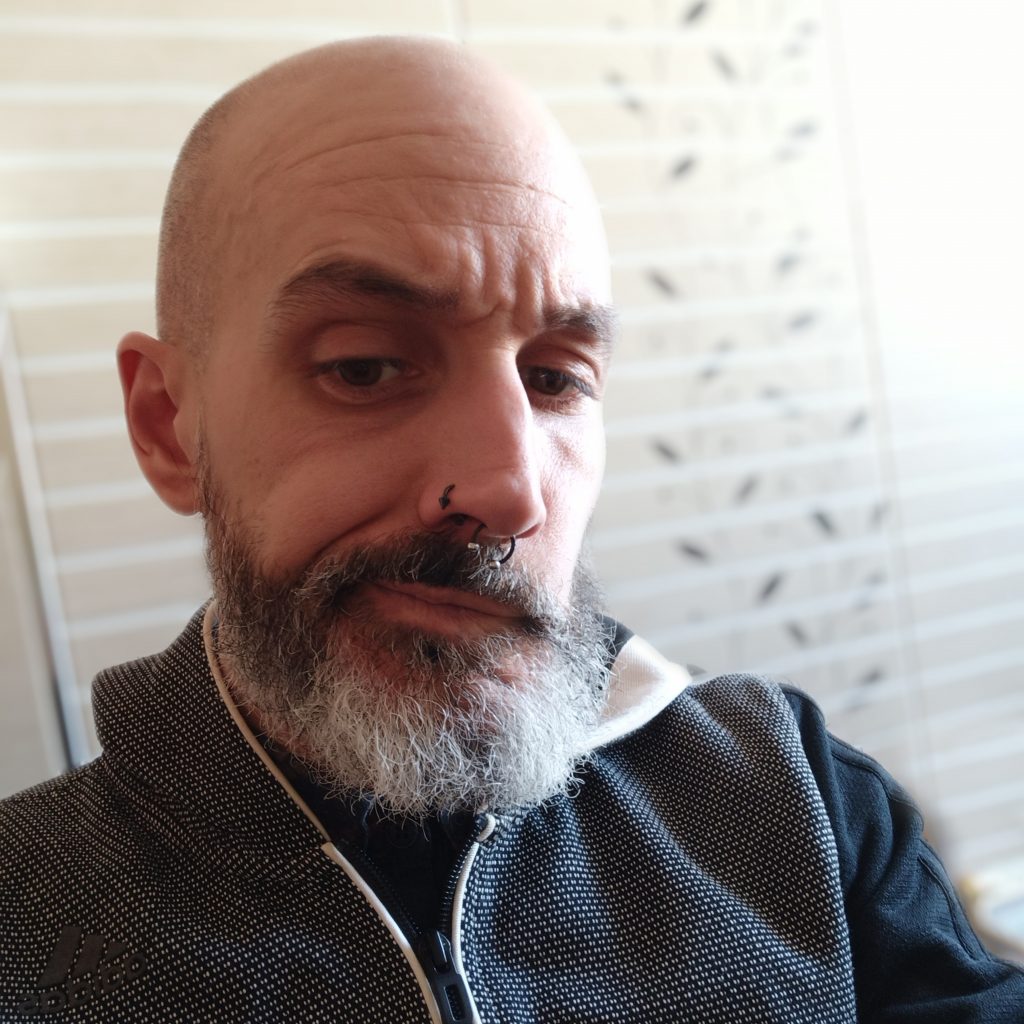
The writer
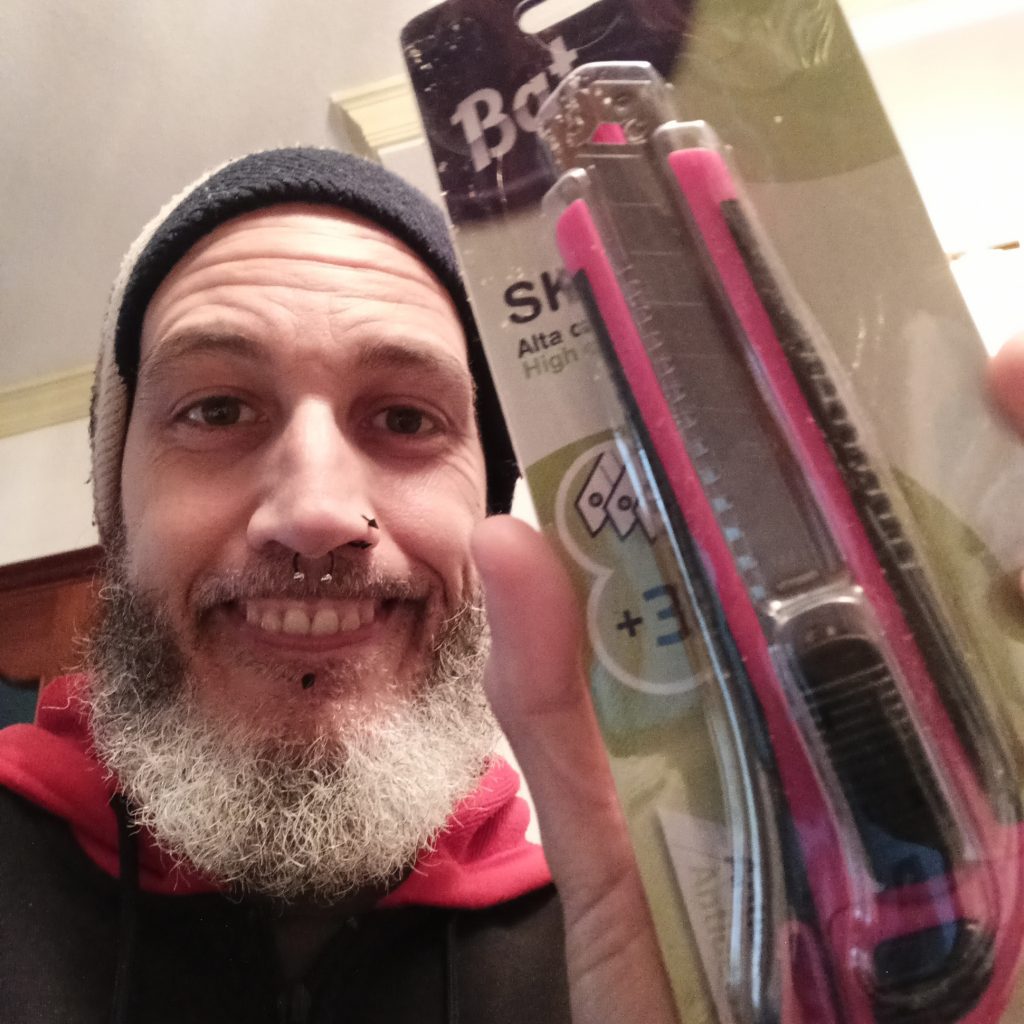
The designer
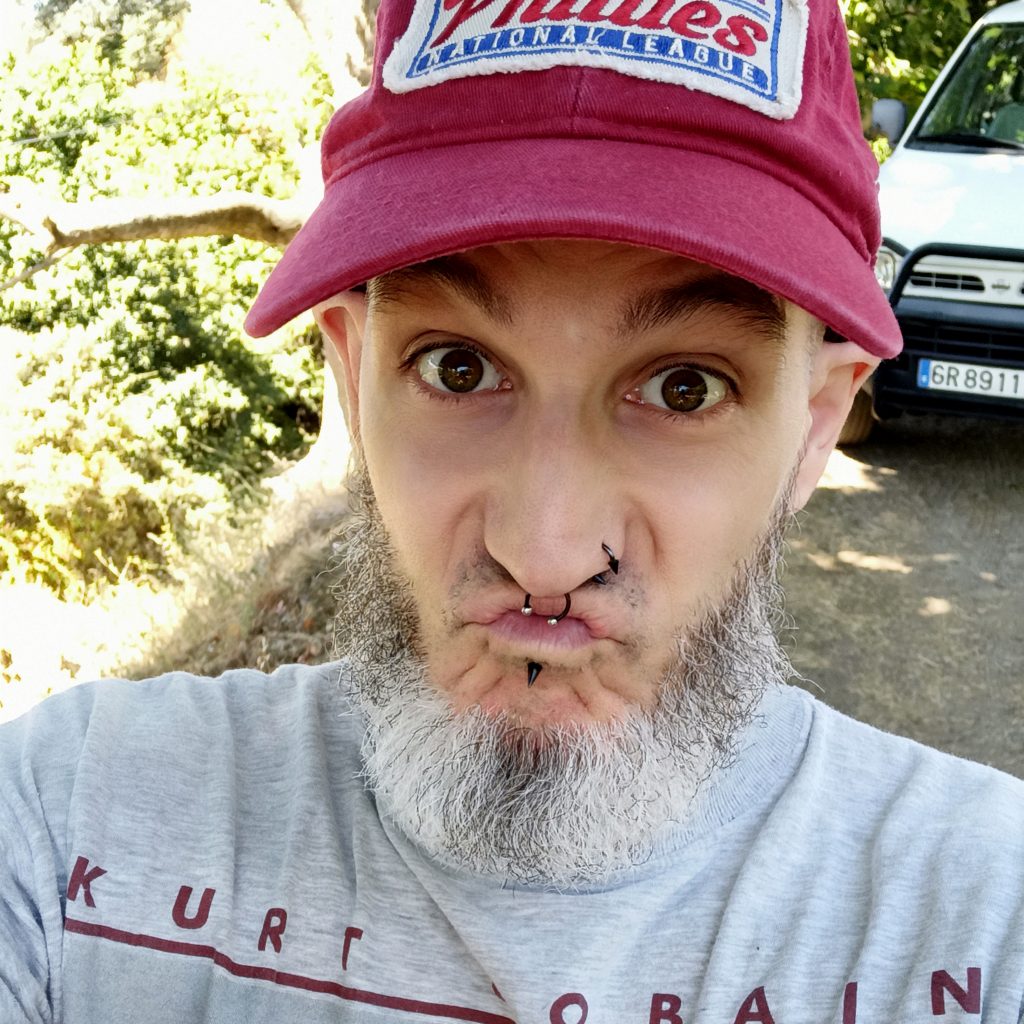
The AI art “slop” generator
